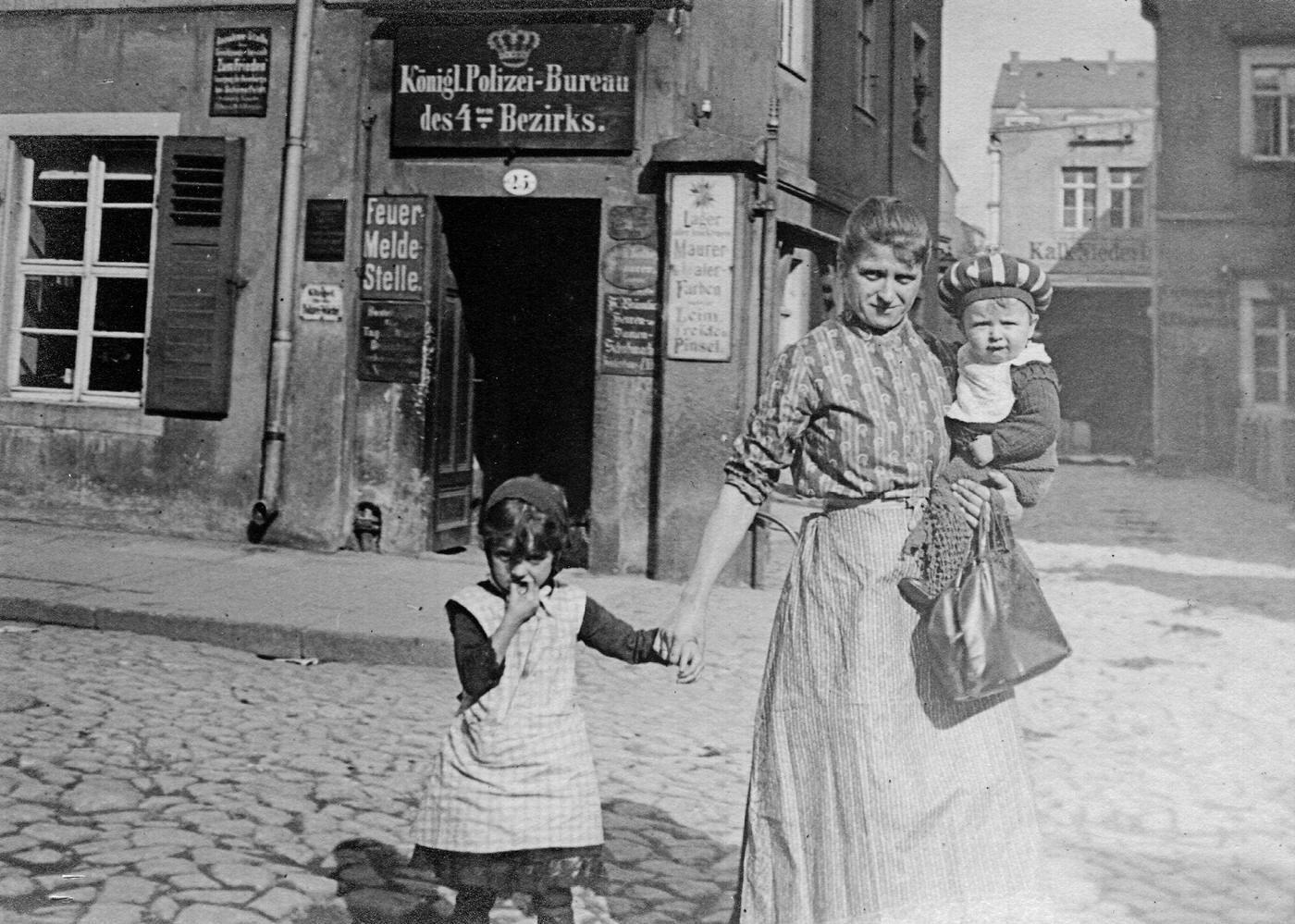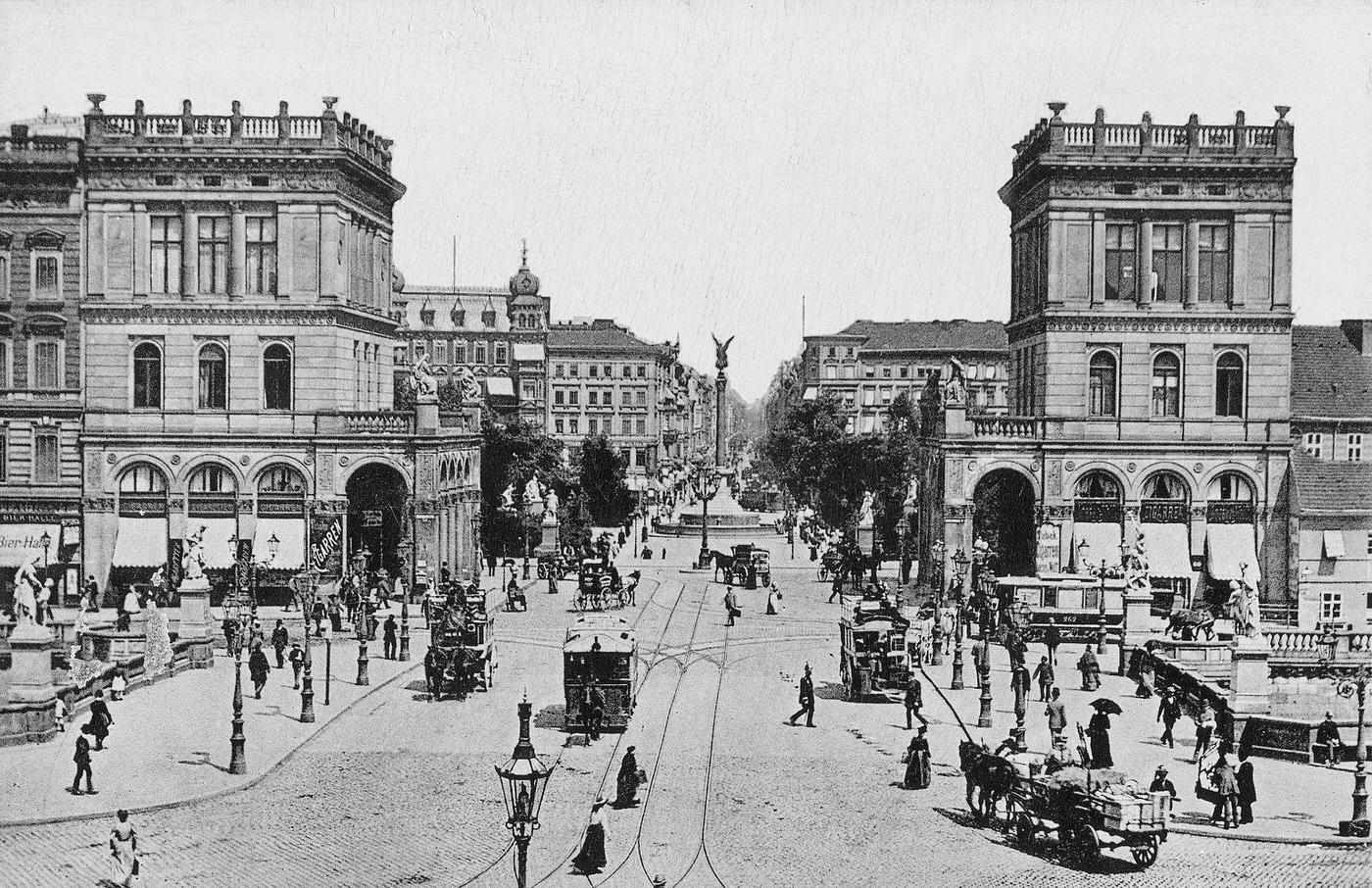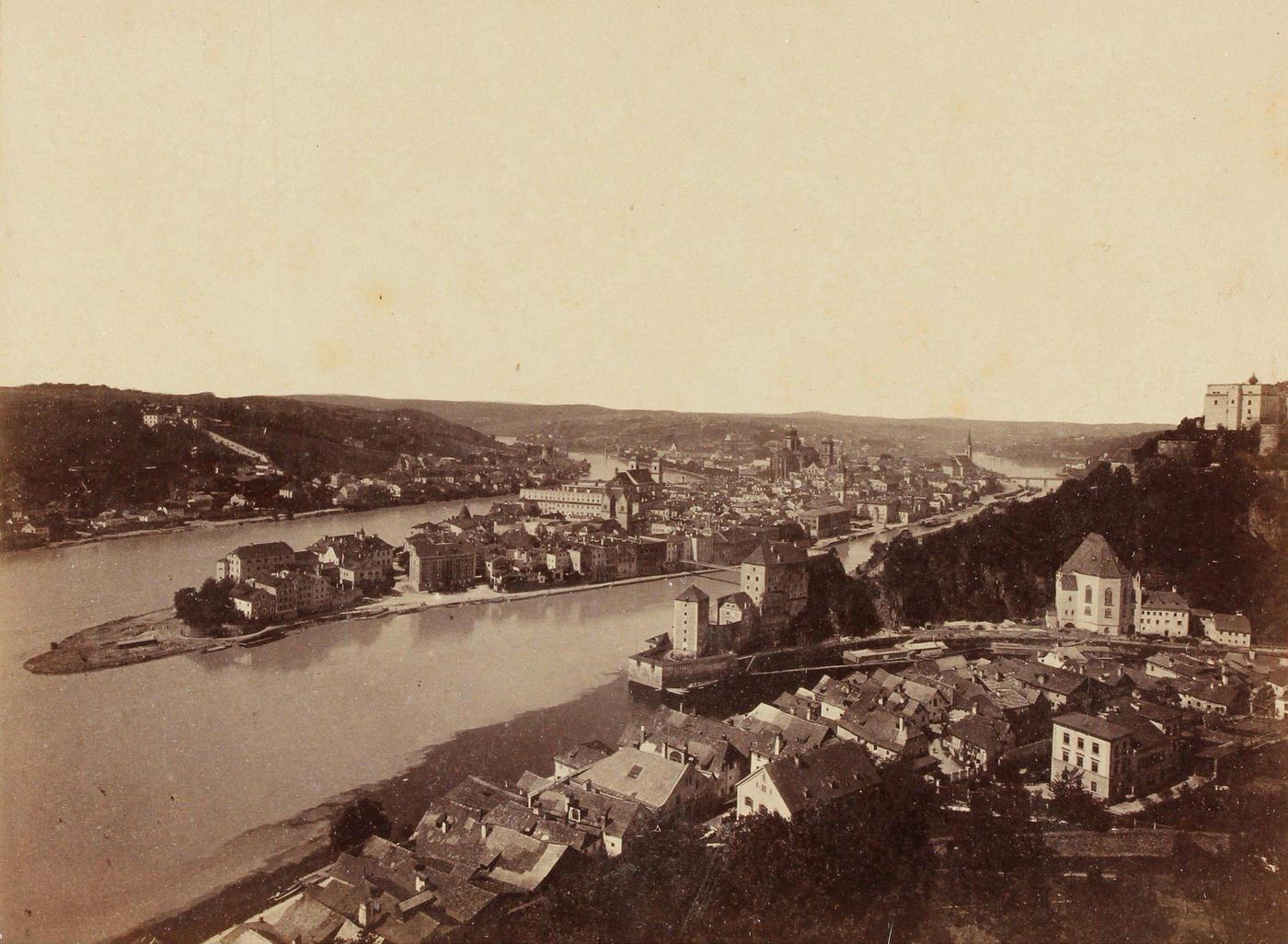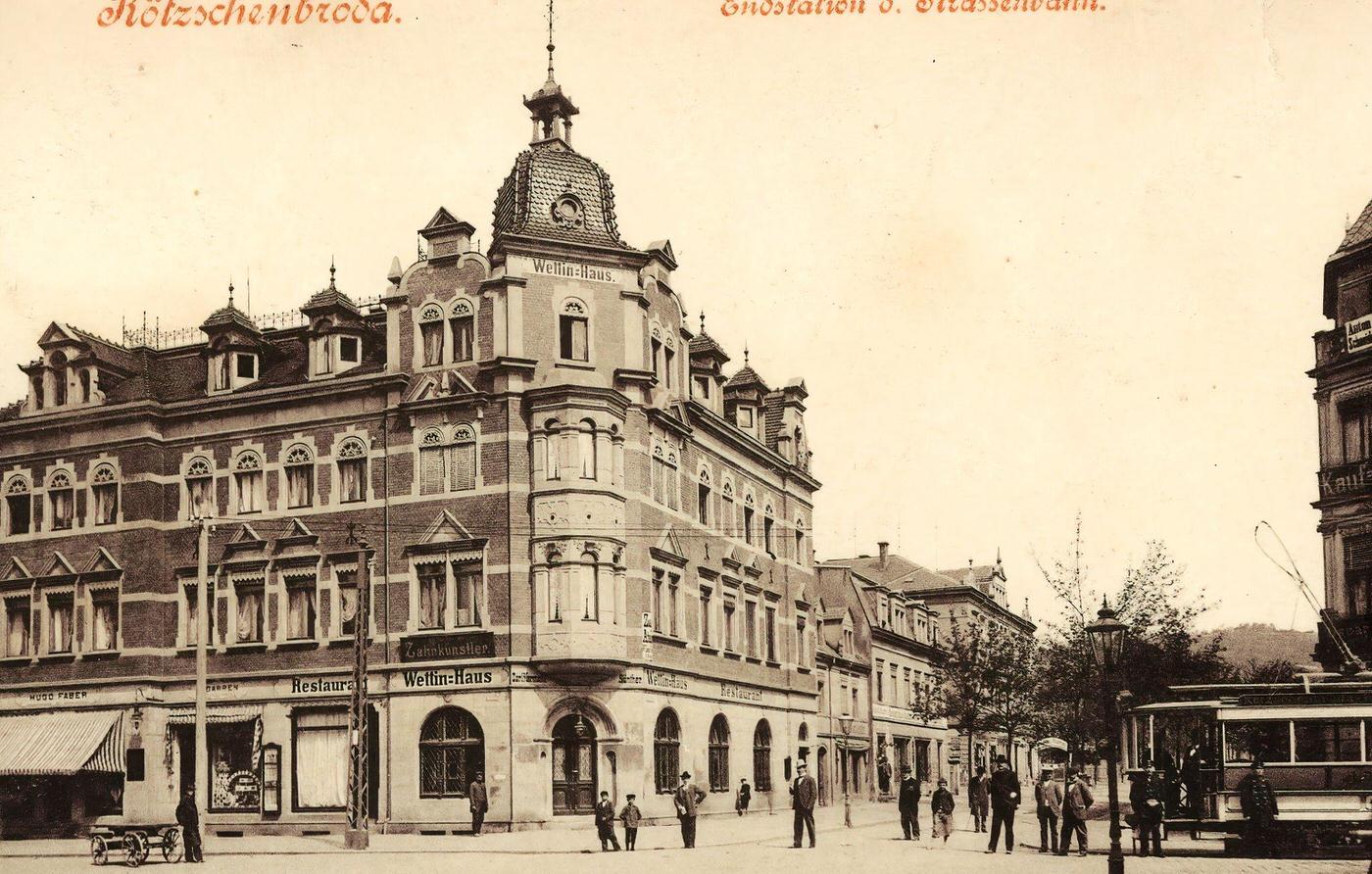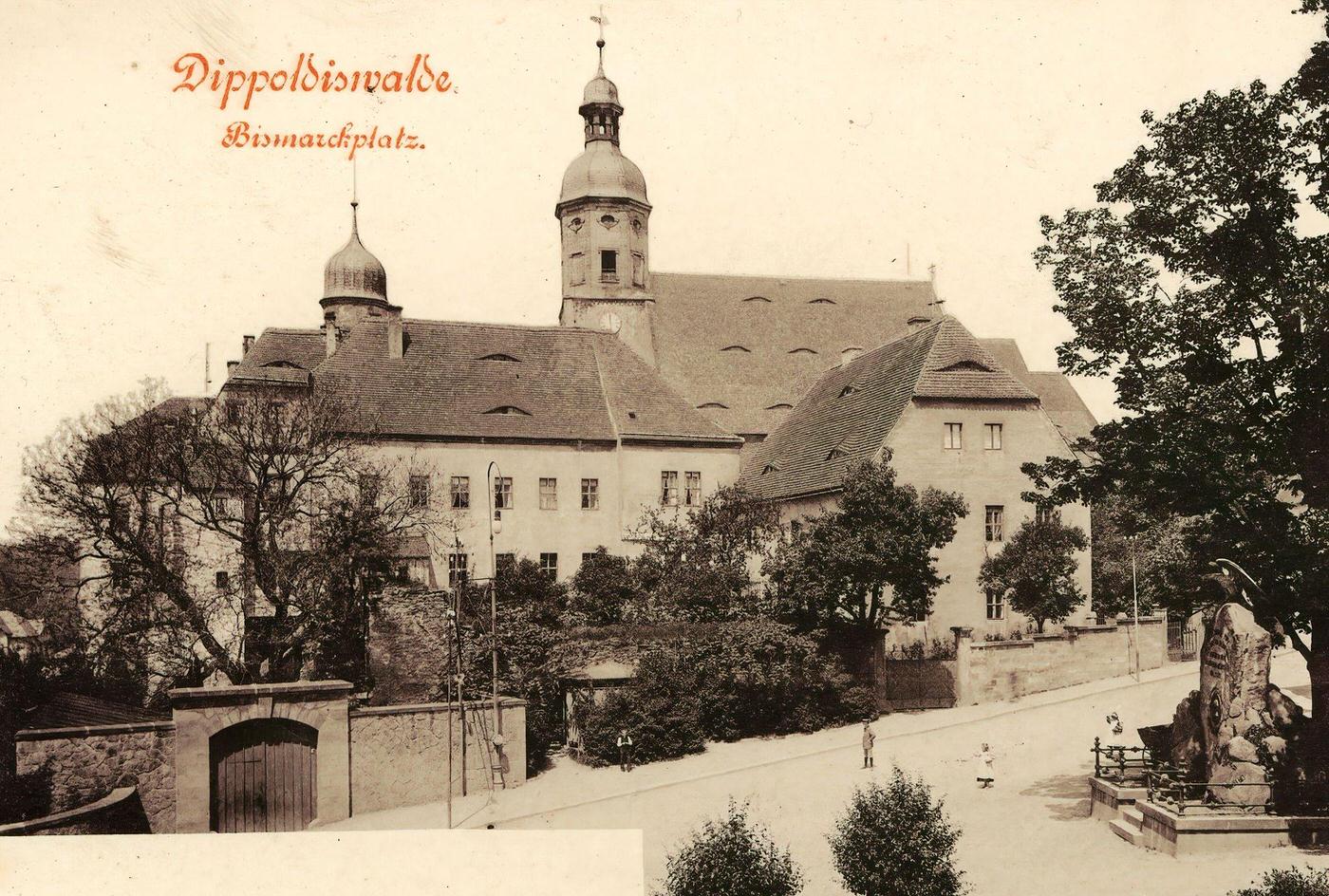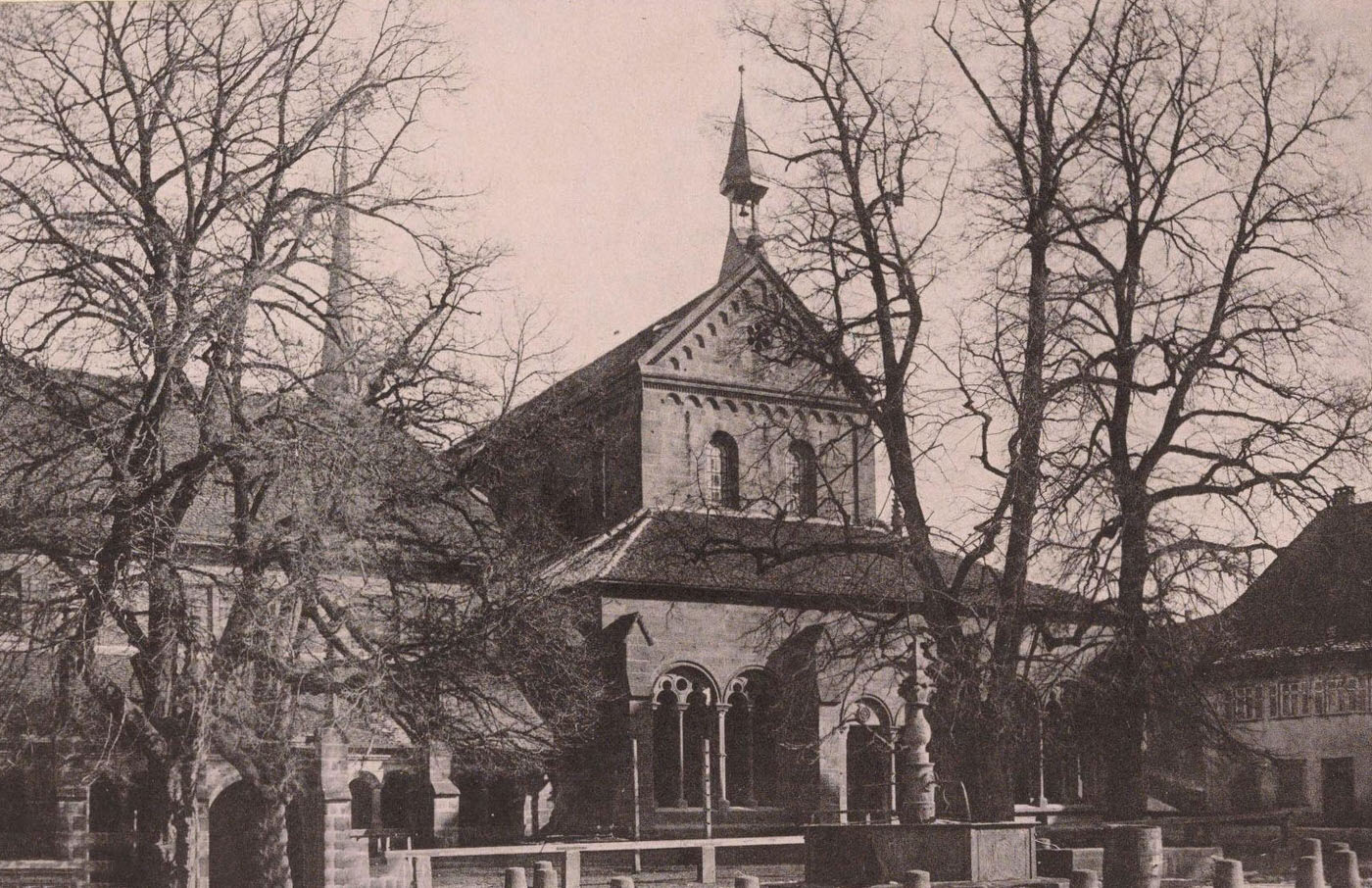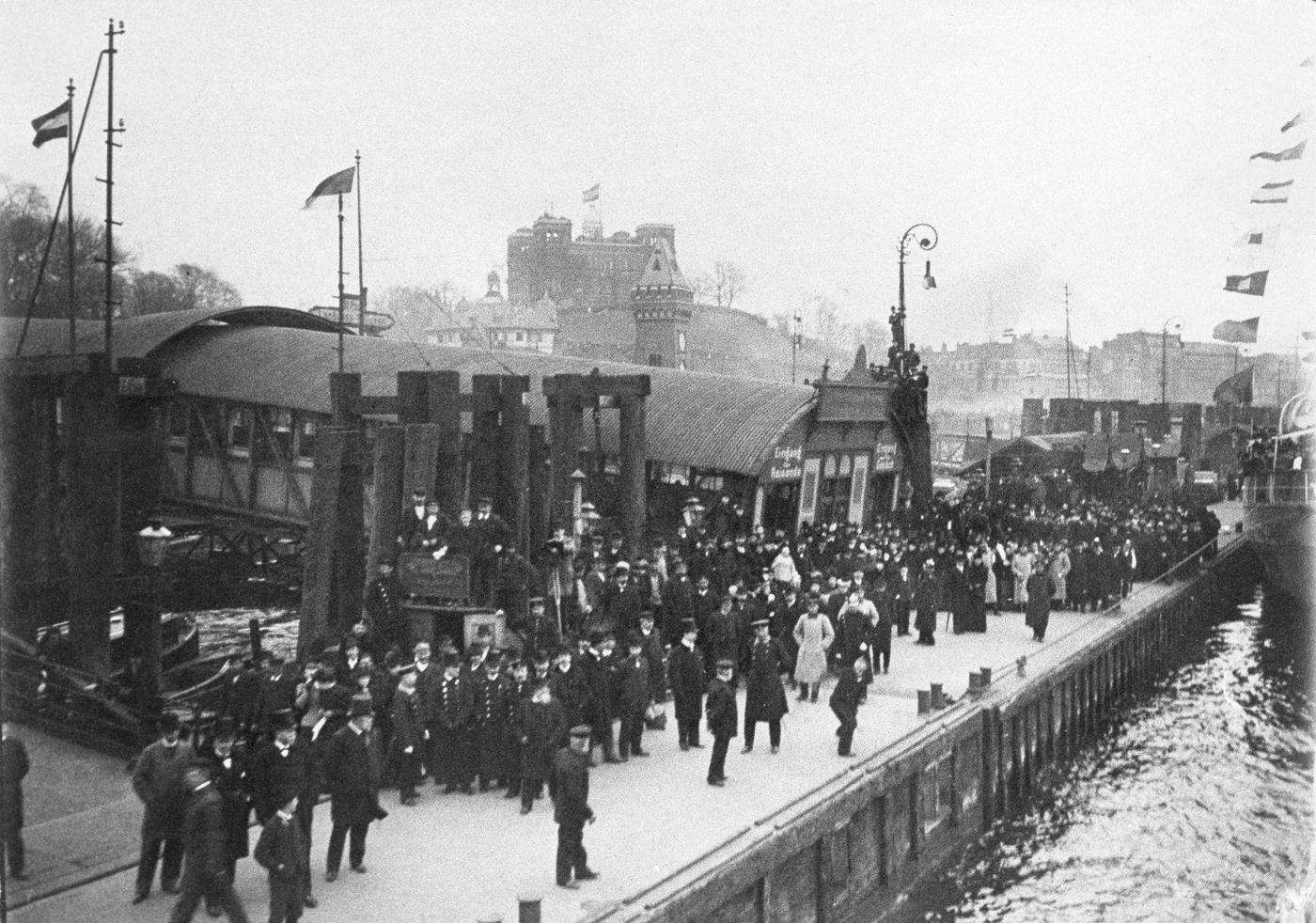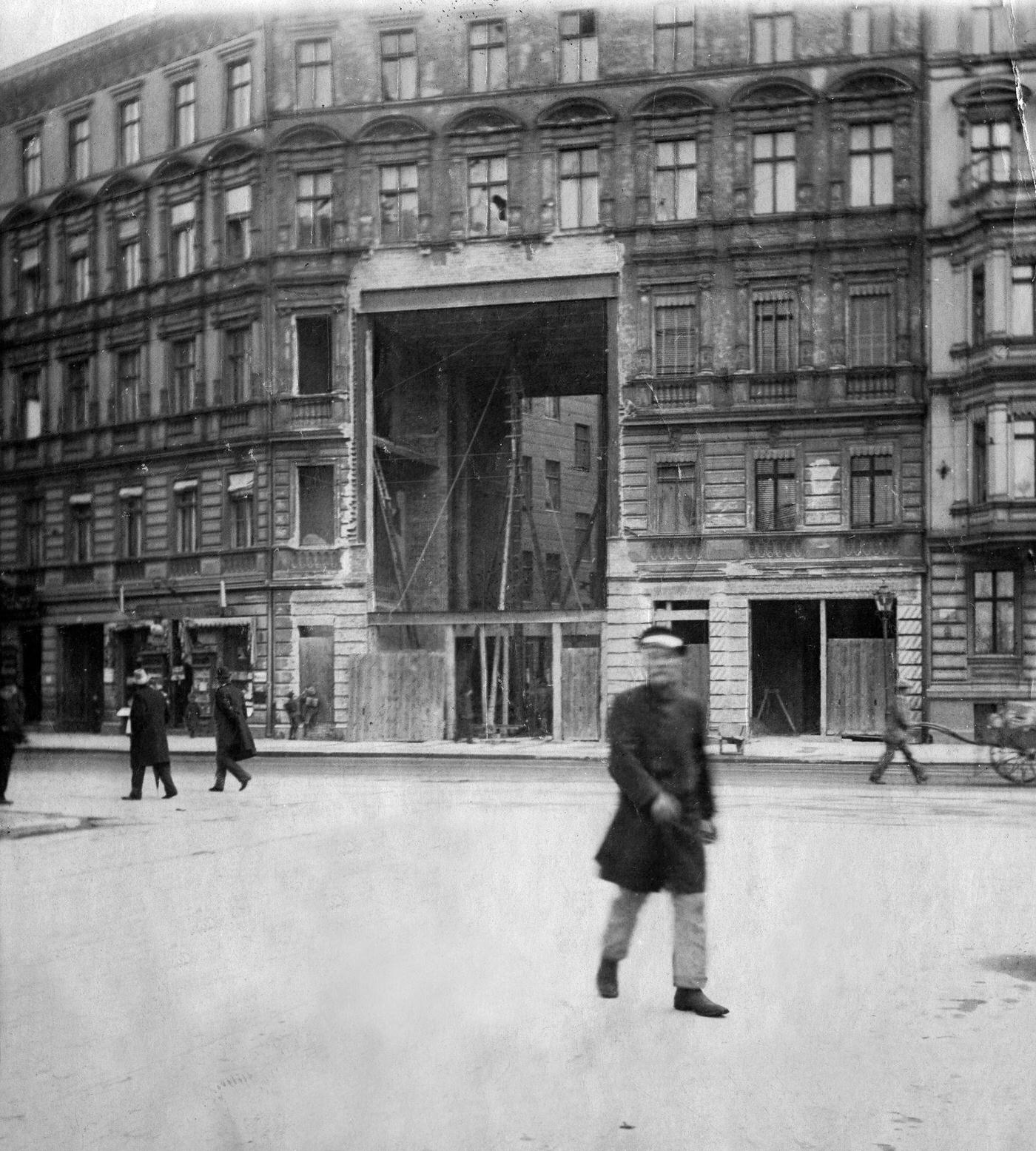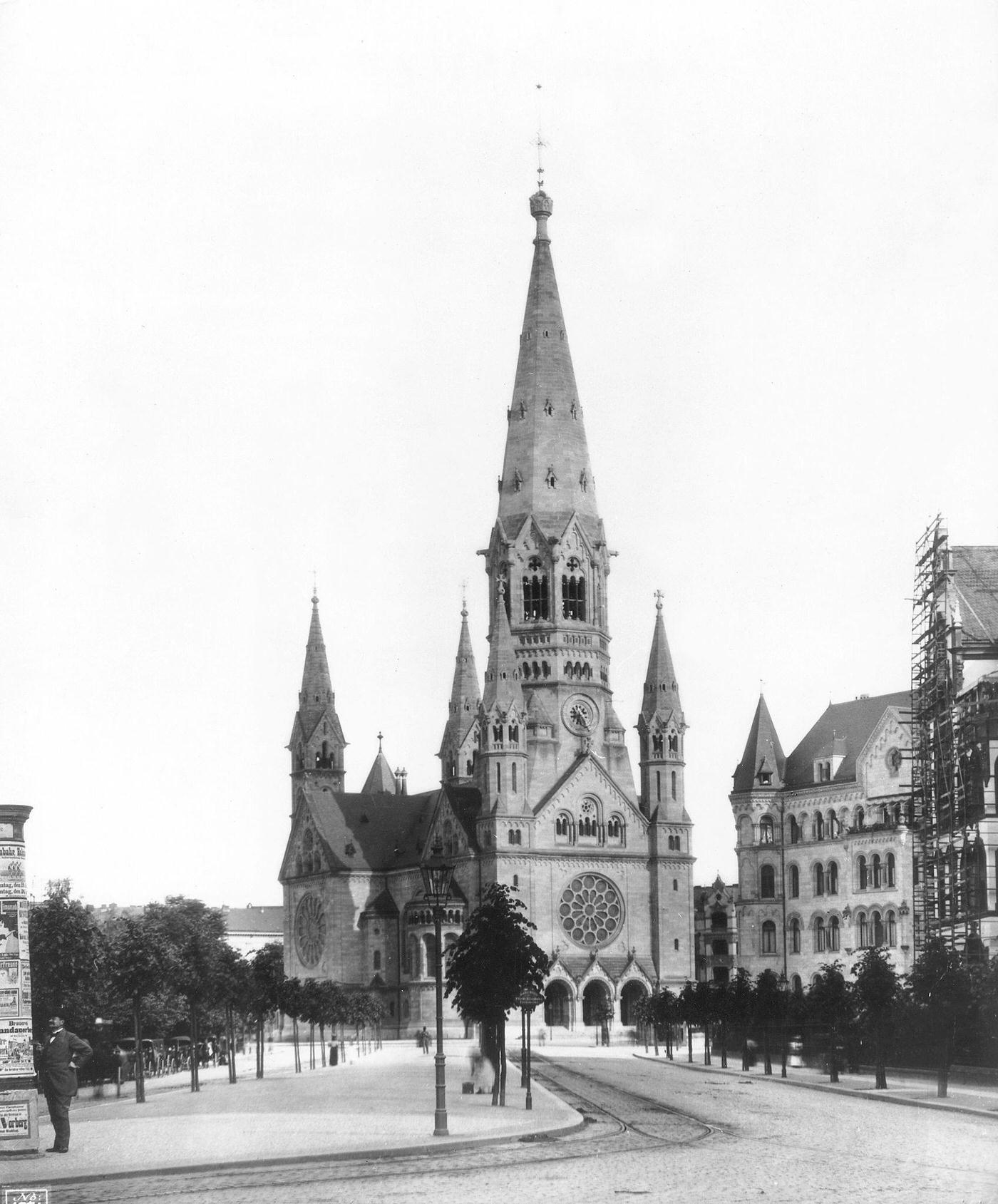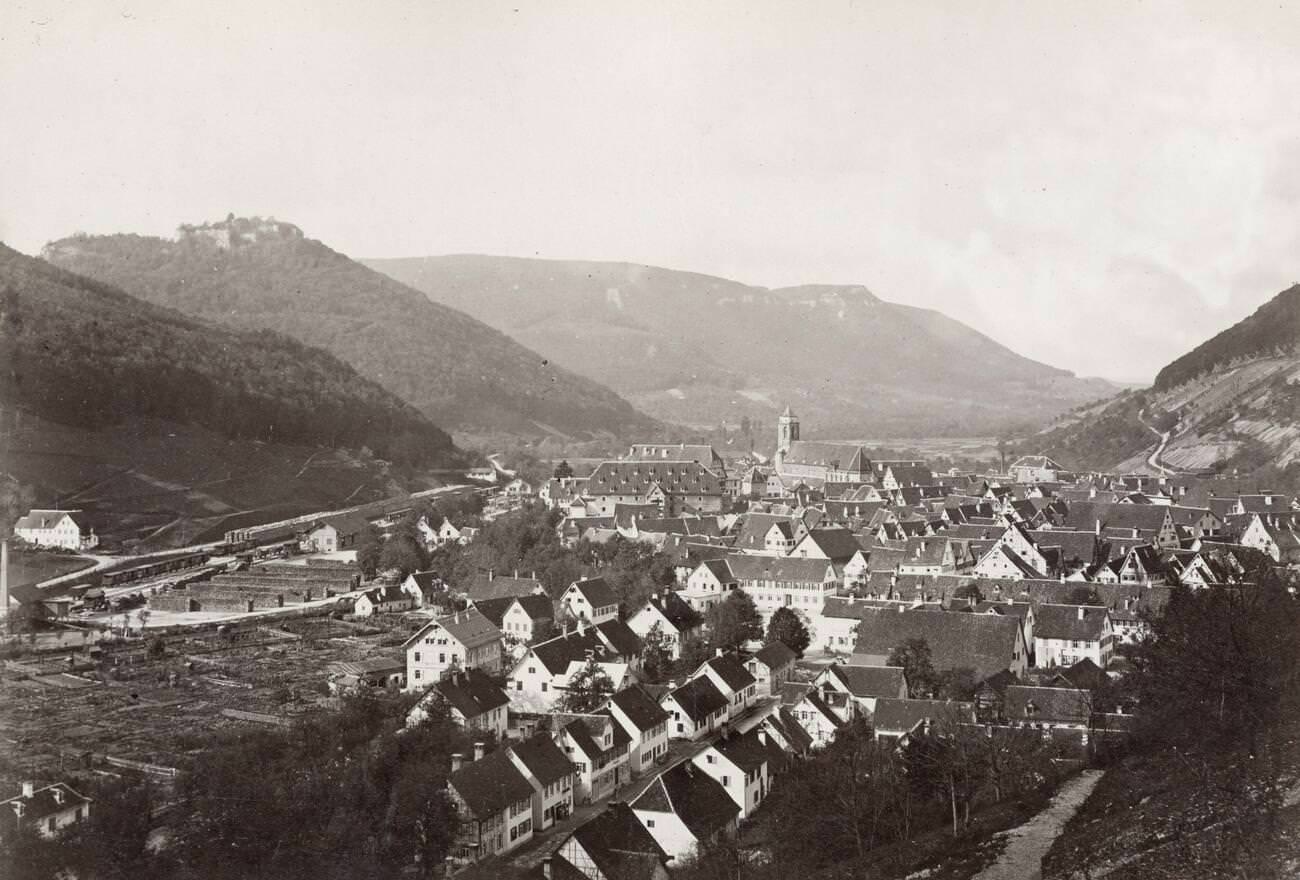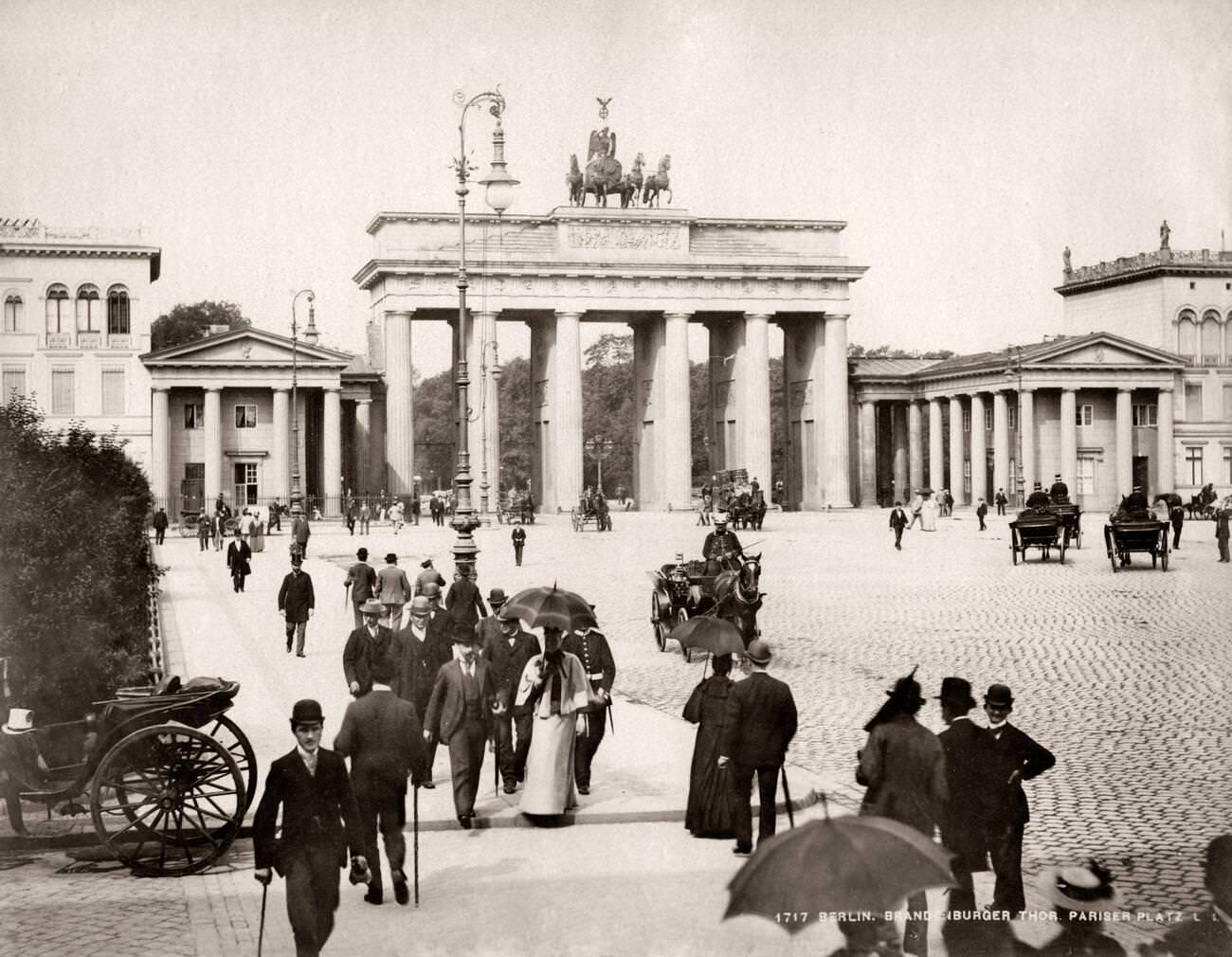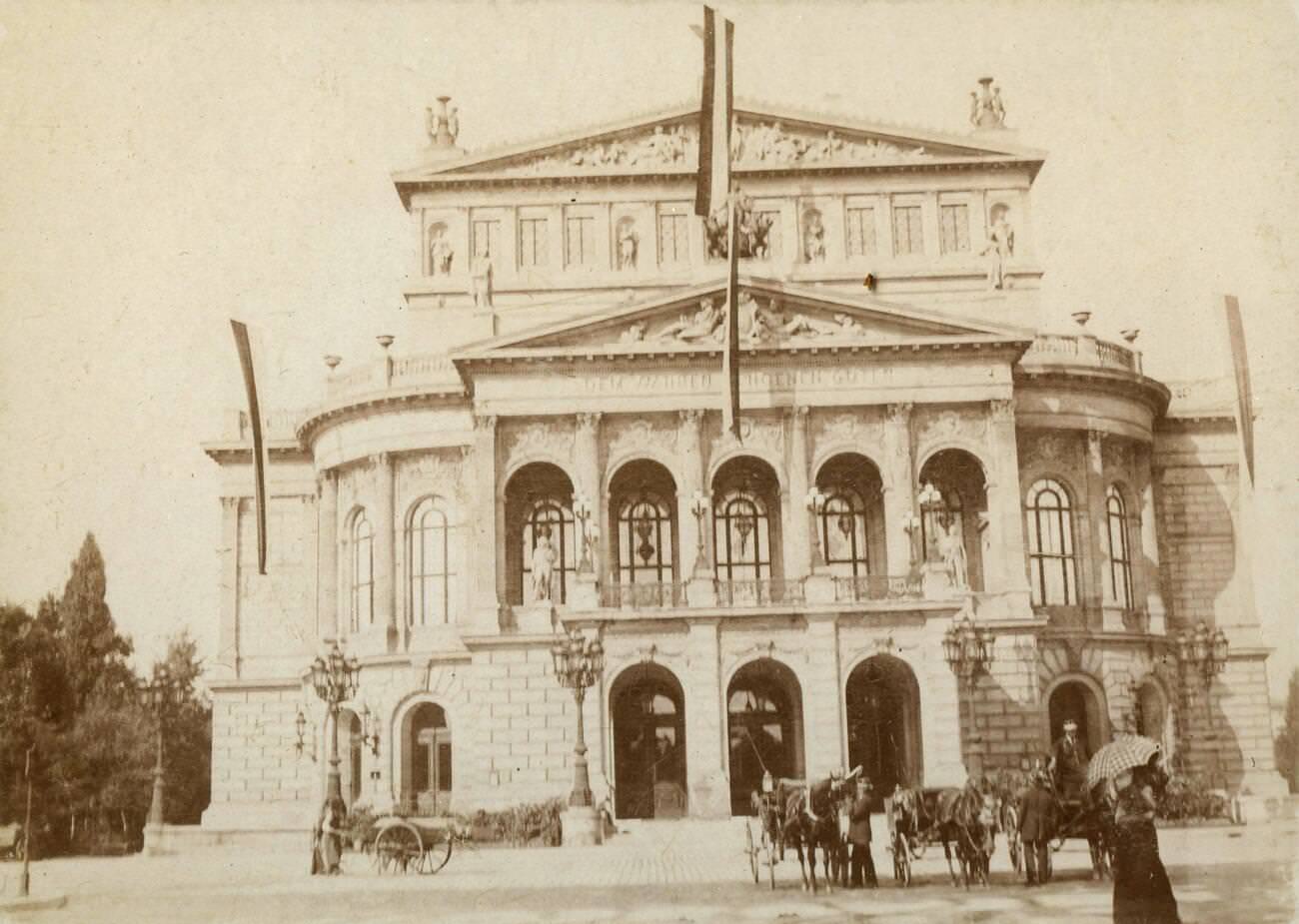As the clock ticked over into the 1890s, Germany stood on the precipice of transformation. A cultural, social, and political metamorphosis was underway, foreshadowing the intense turbulence of the early 20th century. With the industrial revolution in full swing, the nation experienced economic prosperity, social change, and a shifting international dynamic that continues to shape Germany as we know it today.
Under the iron-willed rule of Kaiser Wilhelm II, who ascended the throne in 1888, the 1890s in Germany were marked by an era of assertive nationalism and militarism. The Kaiser was a passionate advocate for the expansion of the German navy, a strategic decision intended to rival Britain’s maritime supremacy. This expansionist policy would eventually play a significant role in the tense build-up to World War I.
Economically, the 1890s brought remarkable prosperity for Germany. With industrialization hitting its stride, cities were burgeoning, and factories buzzed with ceaseless activity. The rapid growth of industries such as coal, iron, and steel led to significant urbanization. Cities like Berlin, Munich, and Hamburg swelled as they turned into vital industrial and commercial centers.
Yet, the economic boom had a flip side: it exacerbated the class divide. The industrial bourgeoisie enjoyed unprecedented wealth and influence, while the working class, trapped in low-wage factory jobs, grappled with the harsh realities of industrial life. This economic disparity was a hotbed for social tension and led to the growth of the Social Democratic Party, which advocated for workers’ rights.
Culturally, the 1890s was a time of shifting tastes and emerging movements. The visual arts witnessed the birth of the Jugendstil, the German equivalent of the Art Nouveau movement. This new style was characterized by organic lines, an emphasis on craftsmanship, and an integration of form and function. Architecture, too, was touched by this change. Buildings began to mirror the Jugendstil aesthetics, featuring elaborate designs inspired by nature.
Moreover, the 1890s was a golden age of German literature, with luminaries such as Thomas Mann, Hermann Hesse, and Rainer Maria Rilke starting their careers. The German film industry was also in its infancy, with the first projections taking place in Berlin.
Despite the prosperity, there was a growing sense of unease. Tensions were rising both within Germany and on the international stage. As the decade ended, Germany found itself in a tricky position. Its imperial ambitions were stirring up rivalry with other European powers. At home, despite economic growth, social inequality and political dissent were rife.

















